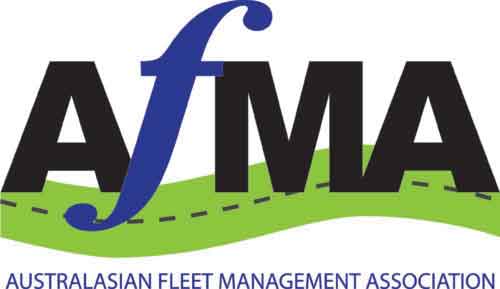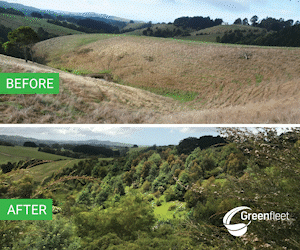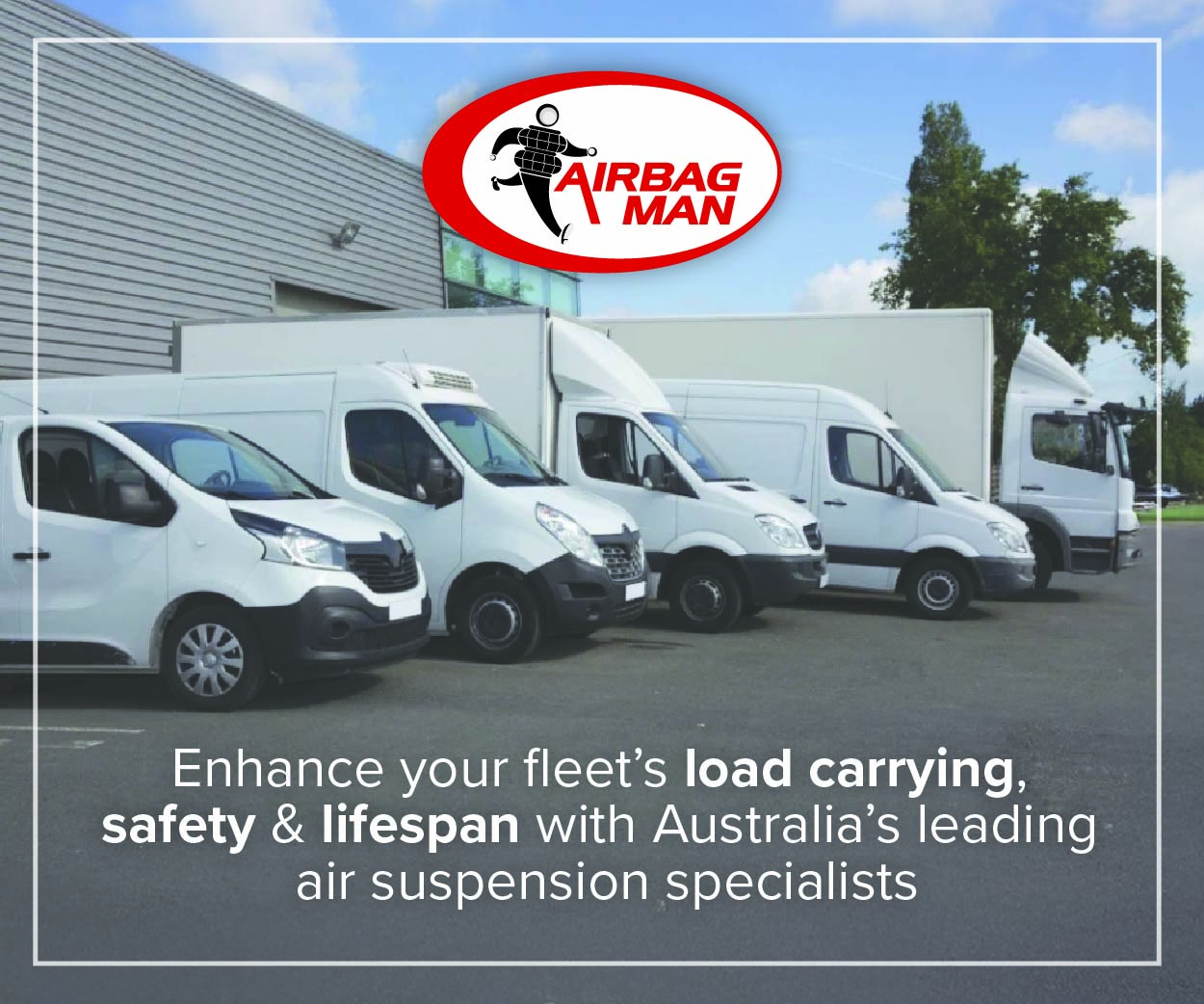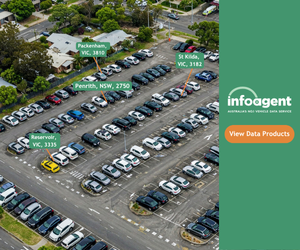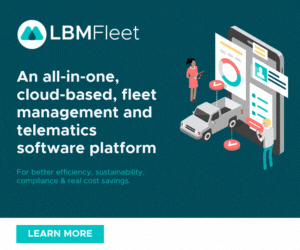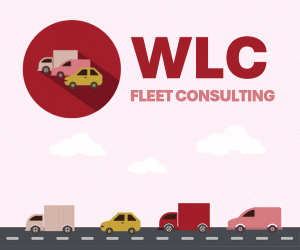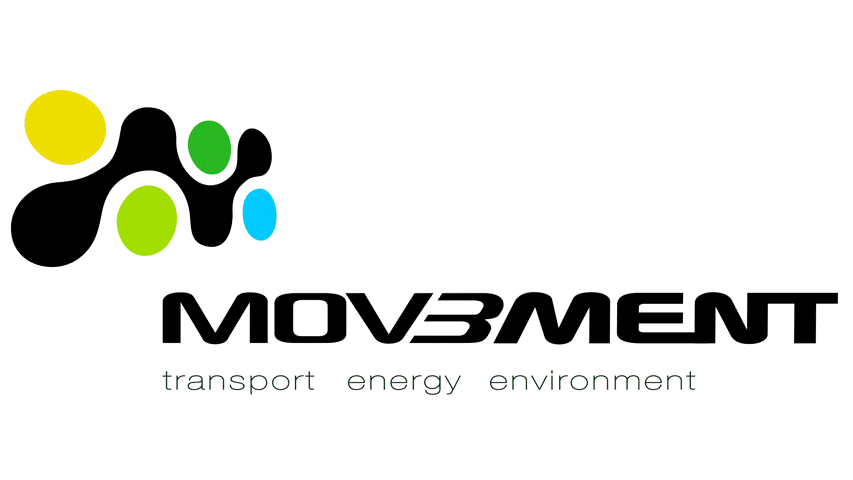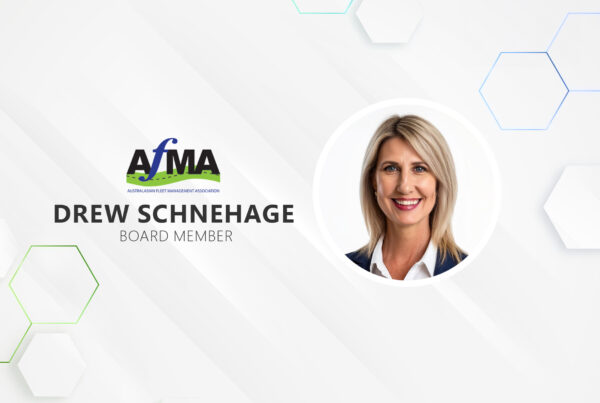This article was first published in the April 2025 edition of FleetDrive
With the introduction of Australia’s New Vehicle Efficiency Standard (NVES), much of the discussion has focused on manufacturers and industry-wide impacts. But for operational fleets, the changes bring a different set of questions, especially for those operating in remote and rural areas.
To gain insight into how the NVES is being approached from an end-user point of view, AfMA spoke with Nina Abbey, Procurement Management at Elders, one of Australia’s most well-established agribusinesses with a vast fleet presence across the country.
NVES: Risks, Opportunities, and Early Engagement
“When NVES was announced in March 2024, our priority was to better understand the policy, industry perspectives, and the potential impacts on our fleet, particularly in terms of capability and cost,” Nina explained.
“With a national footprint that includes remote and rural branches, Elders operates a fleet of around 2,000 assets. Over half of these are diesel-powered 4WD utility vehicles, which are essential for our operations.”
“The biggest unknown for us was how NVES might affect our diesel fleet both in the short and long term,” she said.
To navigate the uncertainty, Elders engaged directly with vehicle manufacturers.
“We recognised that change can present both risks and opportunities, so we engaged with key vehicle manufacturers to understand how they were planning to meet the new emissions reduction targets.”
“Importantly, we wanted to know how they saw NVES impacting the industry, and how Elders could prepare for the future.”
Dealing with Misconceptions and Initial Confusion
One of the first hurdles Elders encountered was confusion about who NVES would affect.
“A common misconception is that fleet operators like us will have specific compliance obligations under NVES. That’s not correct—the NVES targets vehicle manufacturers, not end-users,” Nina said.
She pointed to government messaging:
“The Standard will incentivise car companies to supply new cars that use less fuel per kilometre… Over time, the CO2 target is lowered… companies must provide more choices of fuel-efficient, low or zero emissions vehicles.”
“Suppliers can still sell any vehicle type they choose, but they’ll need to sell more fuel-efficient models to offset any less efficient models they sell… If suppliers sell more polluting cars than their target, they will have two years to either trade credits… or generate credits themselves, before a penalty becomes payable.”
“The target is applied nationally, on average. Manufacturers can still sell any type of vehicle they choose, but they’ll need to balance higher-emitting models with more fuel-efficient options,” Nina said.
“If they meet their target, they earn credits. If they don’t, they have two years to offset the excess before penalties apply,” she said.
While end-users like Elders won’t be penalised directly, they still need to stay informed and adaptable, particularly when it comes to procurement and long-term fleet planning.
Shaping Procurement Strategies
The NVES has already influenced how Elders thinks about future vehicle acquisition.
“Our goal is always to procure fit-for-purpose vehicles that suit our operational needs—both now and into the future,” Nina said.
“With NVES in play, we’re looking to work with manufacturers who are incorporating the Standard into their strategic planning and supply chains.”
With a firm sustainability commitment, Elders is already trialling alternative technologies.
“At Elders, we also have a strong commitment to sustainability, including reducing emissions where possible. We’ve trialled battery-electric and hybrid vehicles in suitable areas of the business, like our Real Estate division, where operational demands and conditions differ from more remote roles.”
Potential Shifts in the Supply Chain
So far, Elders hasn’t seen any major cost or supply disruptions. However, she said they’re anticipating that changes will likely come up in the future.
“However, NVES compliance will phase in over the next few years. We expect challenges for manufacturers who currently have a limited range of battery-electric or hybrid options,” Nina remarked.
“If the policy remains in its current form, we anticipate supply and pricing changes will emerge over time.”
Practicality for Rural and Remote Fleets
When asked if the NVES framework is workable for industries like agriculture and remote services, Nina candidly said:
“It presents some challenges for us. Elders requires vehicles that can carry heavy loads and reliably travel long distances across remote parts of Australia. At present, electric and hybrid options don’t fully meet those demands.”
Nonetheless, Elders is determined to evolve alongside the market.
“That said, we’re committed to working with manufacturers to ensure our fleet remains fit-for-purpose as new technologies develop. We know change is coming, so our focus is on adapting strategically over time.”
Advice to Other Fleet Managers
For other organisations facing similar challenges, Nina offered this advice:
“Start by talking to your vehicle suppliers. Ask them to explain how they’re addressing NVES, and explore where partnerships could help you navigate potential impacts.”
She also recommends long-term thinking:
“Internally, look at your long-term fleet needs and start evaluating how NVES might affect costs or availability.”
And perhaps most importantly:
“Connect with others in your industry. Whether it’s fleet or procurement managers, there’s a lot of knowledge out there—and we can all learn from each other.”
Final Words
Elders’ proactive approach highlights how important it is for organisations, especially those in rural, remote or specialised sectors, to stay informed, connected, and flexible.
While the NVES targets manufacturers, its ripple effects will undoubtedly be felt by end-users. Those who start planning early, like Elders, will be better positioned to navigate the road ahead.
